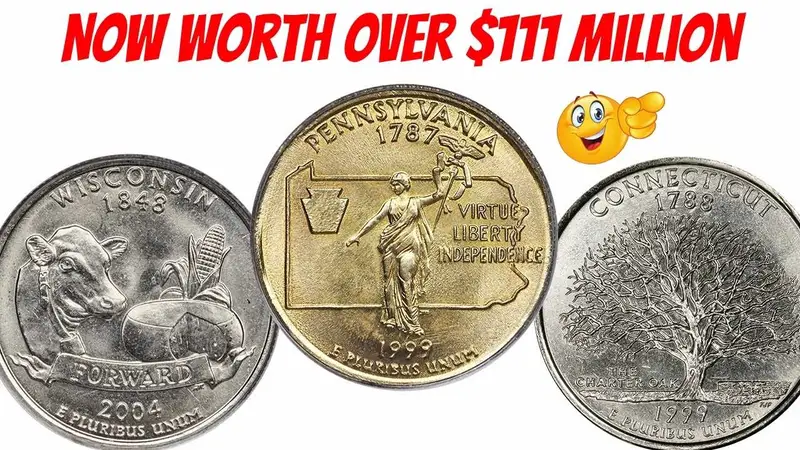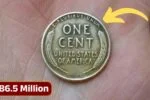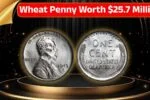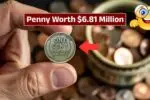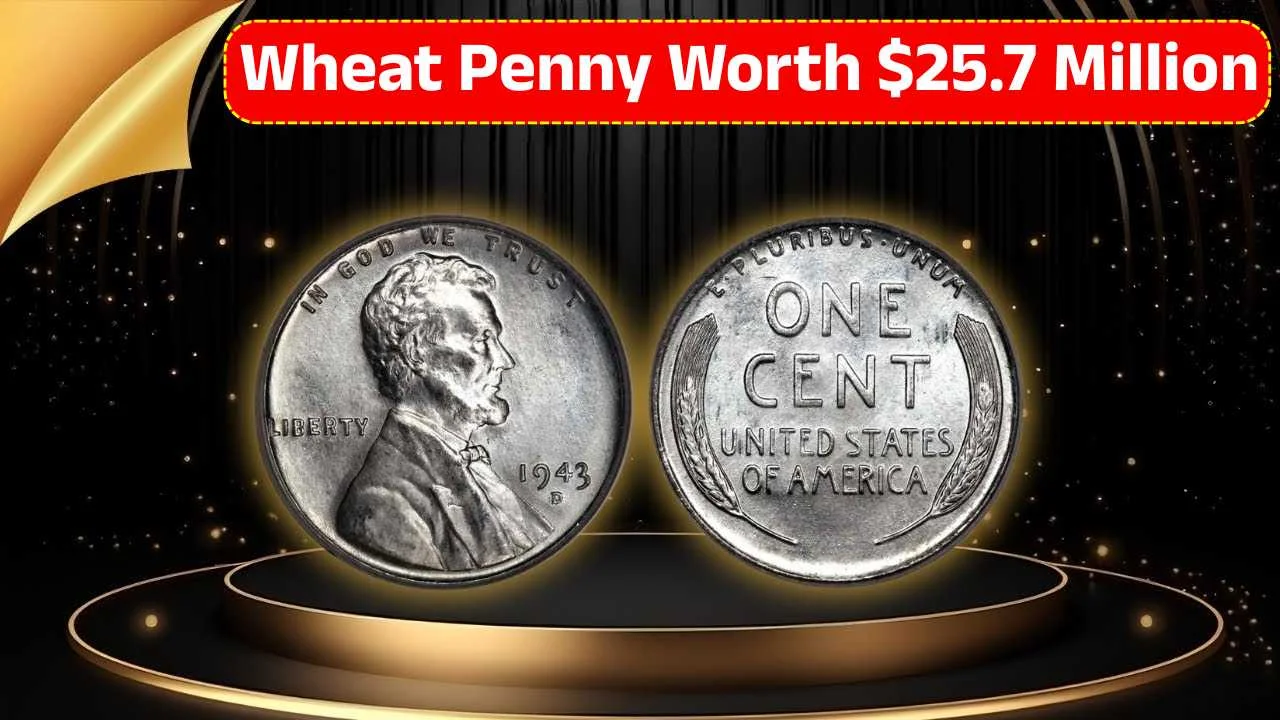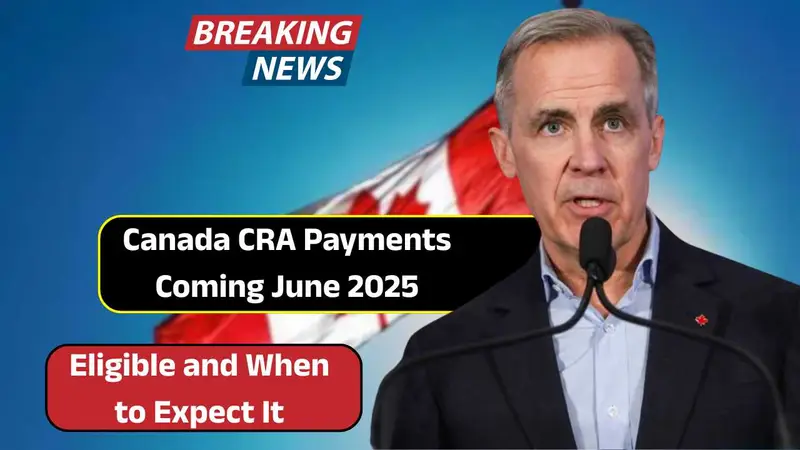5 Ultra-Rare State Quarters the Government Never Meant to Release: When the U.S. Mint launched the 50 State Quarters Program in 1999, no one expected that a few of these coins would go on to become some of the most valuable pieces in American coin collecting history. While most state quarters are still worth just twenty-five cents, a handful that were never meant to circulate have shocked collectors with their skyrocketing value. These quarters, which include minting mistakes or were accidentally released in extremely limited numbers, are now worth a combined total of over $111 million.
The 2004 Wisconsin Extra Leaf Quarter
One of the most famous error coins from the series is the 2004 Wisconsin quarter. Some of these coins were found with an extra leaf on the corn stalk in the design either in a high or low position. This error occurred due to a possible manual tampering of the die used in production. These mistakes made it into circulation before the problem was noticed, making them exceptionally rare. Some of these coins have sold for over $6,000, and collectors continue to pay more for those in pristine, uncirculated condition.
The 1999 Delaware Spitting Horse Quarter
The Delaware quarter was the first coin released in the state quarters series, and it carries a unique and unexpected minting error. A die crack on some of the coins causes the image of Caesar Rodney’s horse to appear as though it is spitting. This small flaw makes it a favorite among error coin collectors, who seek unusual variations. Depending on its condition and the clarity of the crack, this coin has sold for as much as $2,500.
The 2005 Minnesota Double Die Quarter
Minnesota’s 2005 quarter features a well-known error involving double die impressions. In the background of the coin, trees appear to duplicate, creating a ghost-like or “floating forest” illusion. This type of doubling varies from coin to coin, and the more dramatic the doubling, the more valuable the coin becomes. In some rare cases, examples have been auctioned for nearly $5,000 due to the intensity of the visual error.
The 2000 New Hampshire Quarter With Missing Clad Layer
The 2000 New Hampshire quarter has also turned heads among collectors because of a rare error involving a missing clad layer. This production flaw caused the coin to appear reddish in tone, exposing the copper layer beneath, and making it lighter in weight. This type of error is uncommon and can significantly boost a coin’s value. Depending on the coin’s state and visibility of the missing layer, these quarters have fetched between $2,000 and $7,000 in the collectors’ market.
The Phantom 2001-P Vermont Quarter
Perhaps the most mysterious of all is the rumored 2001-P Vermont quarter. Though the Philadelphia Mint was not officially supposed to produce this version, reports have surfaced about its existence. If verified, it could be one of the rarest U.S. quarters ever to reach public hands. Some numismatic experts suggest it may have been a test coin that accidentally entered circulation. If authenticated, its value could exceed $1 million, making it one of the most extraordinary coins in American history.
Why Collectors Pay Millions for These Coins
What drives collectors to spend millions on coins worth only 25 cents face value? It all comes down to rarity, error uniqueness, coin condition, and sometimes the mystery surrounding their existence. A coin that was never supposed to be released becomes a trophy in a collector’s display. These coins represent history, accidents, and stories no longer repeated in modern minting. For many, the emotional and historical connection is just as valuable as the monetary one. So, next time you receive change, take a second look you just might be holding a fortune without even knowing it.
Disclaimer
This article is for informational purposes only, and does not guarantee the value or authenticity of any coin. Always consult with a certified numismatist or coin grading service before buying or selling collectible coins. Market prices vary widely depending on demand, coin condition, and verification by reputable experts.
